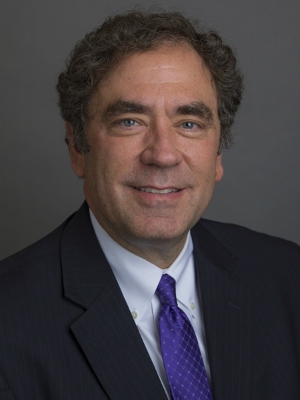Join The Conversation
Don Levit
11/17/2008 01:47 PM
Brian:
What I find particularly disturbing here is what you mentioned recently about an equitable application of the make whole doctrine.
It seems that the health insurer has a leg-up in being made whole before Deborah Shank does.
The reason seems to be simply because the plan says so.
I was under the impression this doctrine was originally intended for the human victims, not the insurance companies.
The article mentioned that 1-3% of the claims are recovered through subrogation.
This leads me to believe that the premium savings is 1-3%.
Premiums are ridiculously expensive, but is this the way humans act to emphasize the best of what we have to offer?
Those who are bothered by subrogation have a legitimate right to be so disturbed.
Those who see it as complying with the document are probably heavy smokers who are mentally challenged.
Don Levit
Post A Comment
Articles
- Posted on 09/24/2010 Testimony of Judge William Acker Before Senate Finance Committee
- Posted on 09/18/2010 DeBofsky Senate Testimony
- Posted on 01/05/2010 Preliminary Injunction in C/HCA, et. al., v. Regence Blue Cross Blue Shield of Utah
News
- Posted on 10/05/2005 Welcome to the Website of Brian S. King
- Posted on 10/05/2005 Visit Healthcare Recovery Solutions Online
